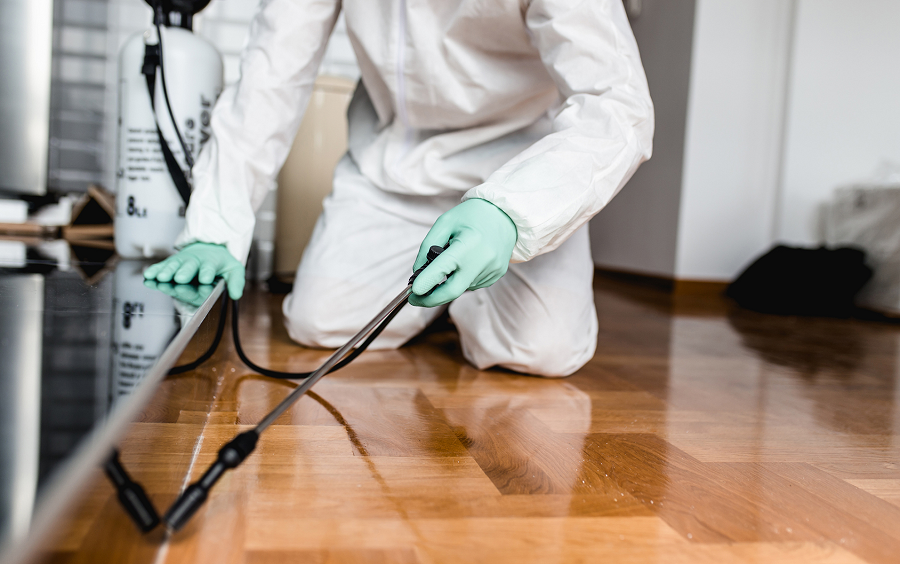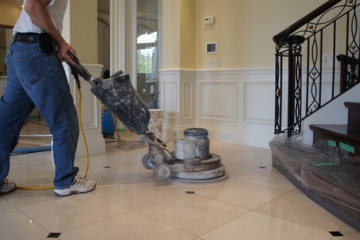How To Monitor Pest Control

Monitoring is the work to estimate the abundance and distribution of pests and their natural enemies in the crop through periodic participants. The main objective of pest monitoring is to obtain action thresholds, that is, to determine the moment to carry out control measures, be it the application of pesticides, the release of natural enemies, or others. Through this management, the pests’ damage in the harvest is tried. Therefore it is relevant to the density of the insect and pest mite with the damage produced.
Main Goal
Integrated pest management is one of the pillars of sustainable production. Any strategy that tries to solve sanitary problems rationally must start from recognizing pests and diseases that threaten cost and quality and the obligation to the producer to use pesticides in their crops. Monitoring the presence of pests and natural enemies allows decisions to apply a pesticide and which active ingredient to use.
Main Purposes
Pest control monitoring is carried out for various purposes in the home, environment, commercial places, etc, especially during regular inspection to remove and exterminate pest; among the main purposes for pest control monitoring, some of them are:
- Know the health status of the crop.
- Detect the evolution of the pest population.
- Control the effectiveness of the measures adopted in carrying out after the application of a control measure.
- It allows detecting problems such as the poor quality of an application or the low effectiveness of an active principle and correcting them in time.
- Criteria that define the Monitoring
- Disable criteria
- How many plants to look at? From what part of the crop?
- The parameter to be determined
- Damage or number of individuals of a particular group of the pest.
- Location of the pest or disease
- What organ to look at? In what part of the plant?




